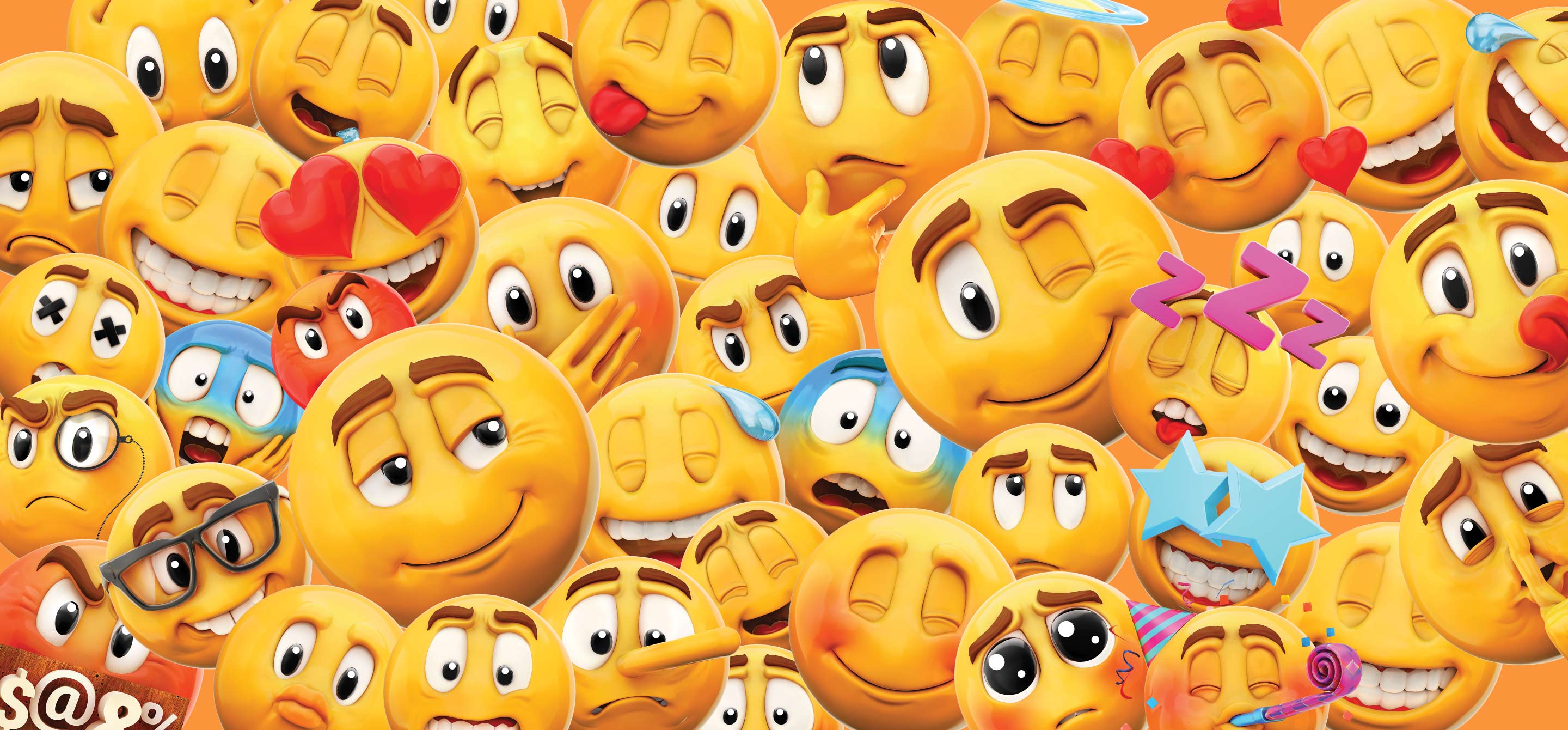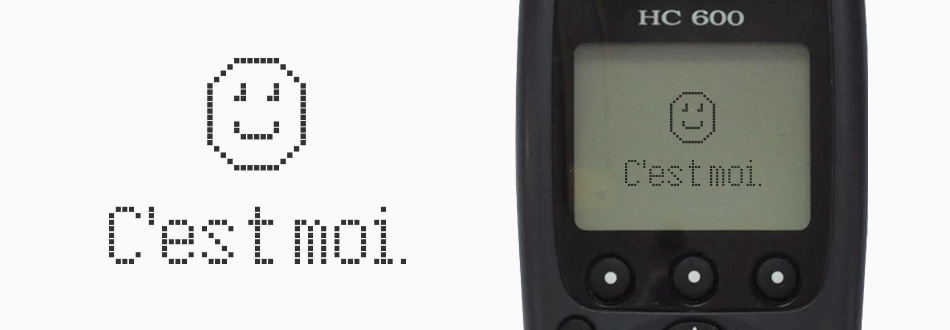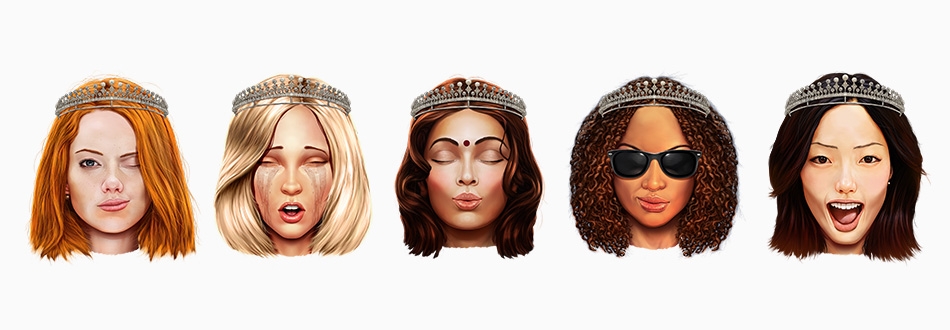
It all started for us back in 1997.
When Nicolas Loufrani had an idea to digitalise his Original Smiley design into a variety of emotions. His family were the people behind creating the Smiley brand.
Nicolas found a way to put the first Smiley on a cellphone in 1996, thanks to a partnership with Alcatel.

He then became (slightly) obsessed by the work of computer scientist Scott Fahlman, who had created ascii emoticons.

Fahlman’s emoticons were a great idea, but no one could really work out what they meant, apart from a few 🙂
So Nicolas tried making sense of them, painstakingly translating these into a dictionary of 471 Smiley icons by 1999.

Everyone thought he was mad, or bored, or had too much time on his hands, when he did it.
By 2001, Nicolas had declared “The Birth Of A Universal Language’, publishing The Smiley Dictionary in print and online (which became a directory of 3,645 icons).

Everyone thought he was still mad or bored, but he knew that emoticons would become a great way of communicating for the future that they could open up doors in helping young people develop their emotional intelligence.
And guess what it did. he found it started to help people all around the world.
To communicate with each other.
And create shortcuts to explore their emotions, express themselves, when maybe they couldn’t.
People found it easy, quick and creative and that made him happy. These Smiley icons would go on to inspire a generation of emoticons descendants.
Thanks to Apple and Unicode, these dreams became reality in 2007, when Apple launched their first iPhone. And thanks to this, emoticons would go on to revolutionize the way we communicate with billions of them sent daily on messaging devices.
Fast forward to today and Nicolas thought
“maybe we could take the idea a little further”.
Because nobody is evolving this concept from a design perspective, and it’s starting to look a little dated. He went back to the drawing board and introduced a few new takes on his existing emoticons designs.

Creating emoticons that champion global culture and all the amazing people that make up our world that celebrate the beauty of human diversity, and our proud global heritage and ancestry.
From this we created real human looking emoticons in a hyper-realistic Art style that mimic our full range of emotions.

Also introducing an extreme 3D design that brings Smileys to life in a way in an animated way that you have never seen before (the kids will like this one).

Our friends think we are bored, mad, and have too much time on our hands again.
But we think this will improve the way you communicate and help you to continue to express your emotions.
This has always been our mission.